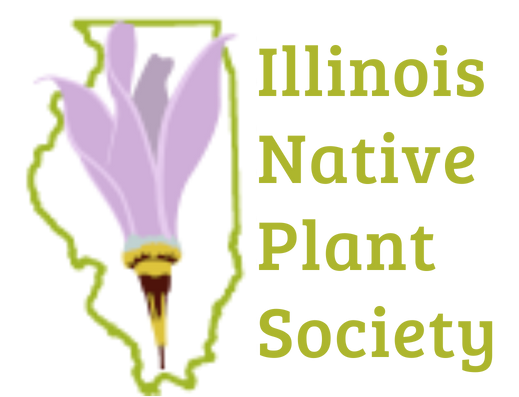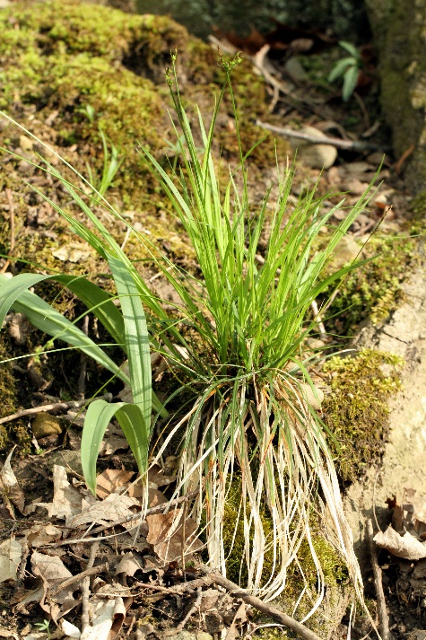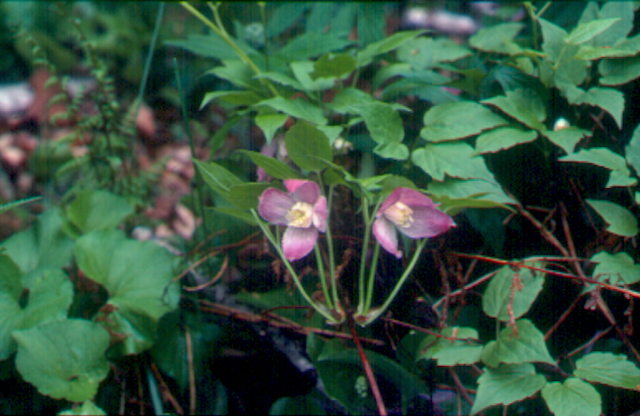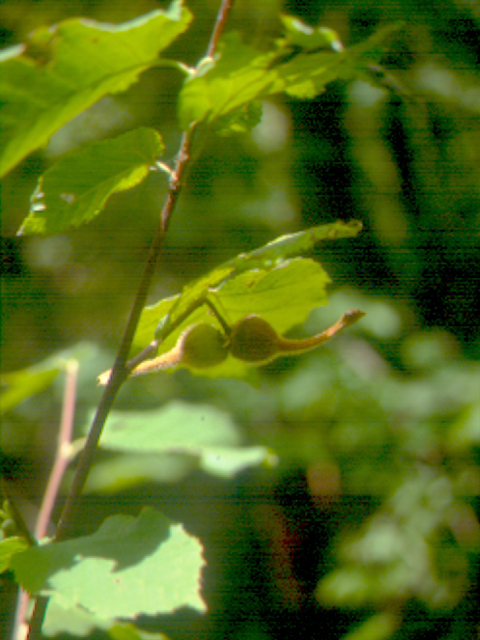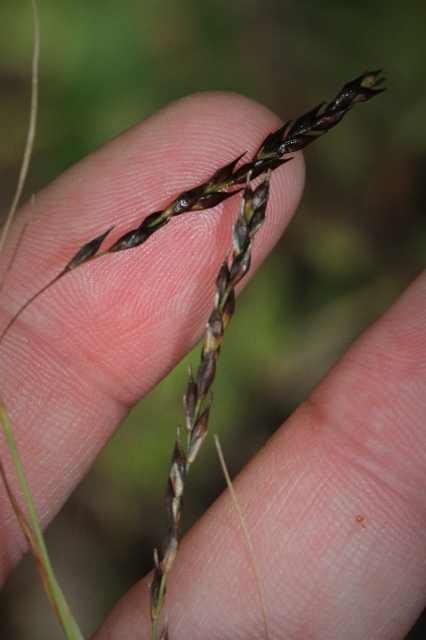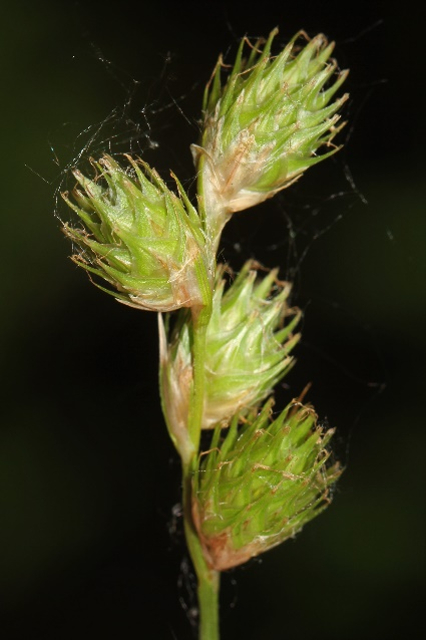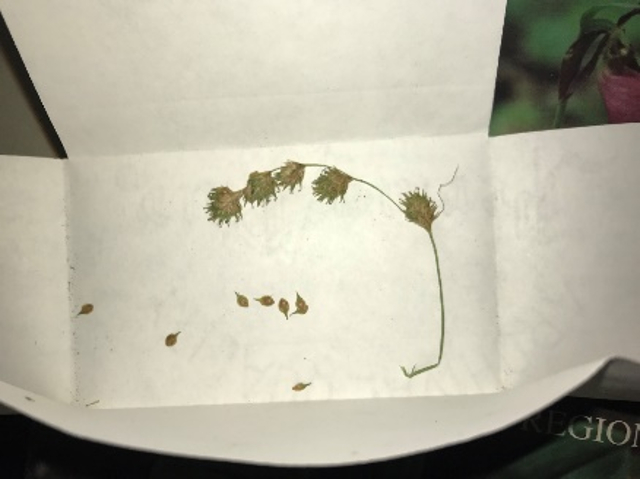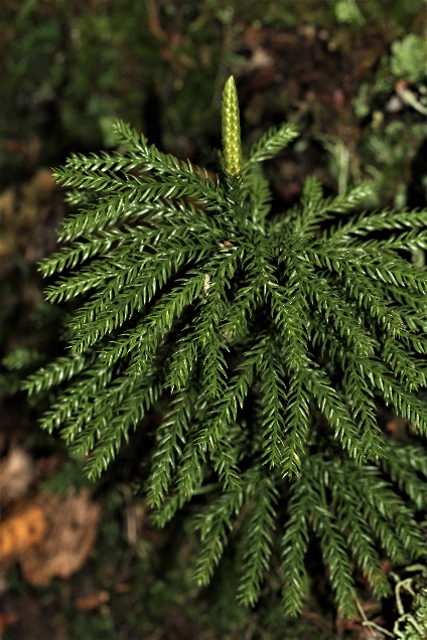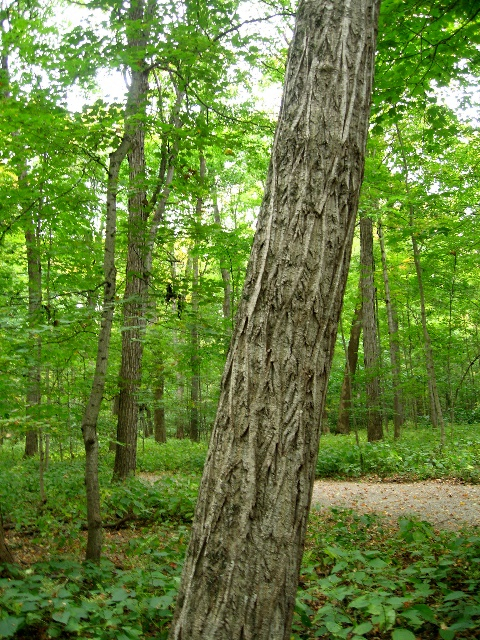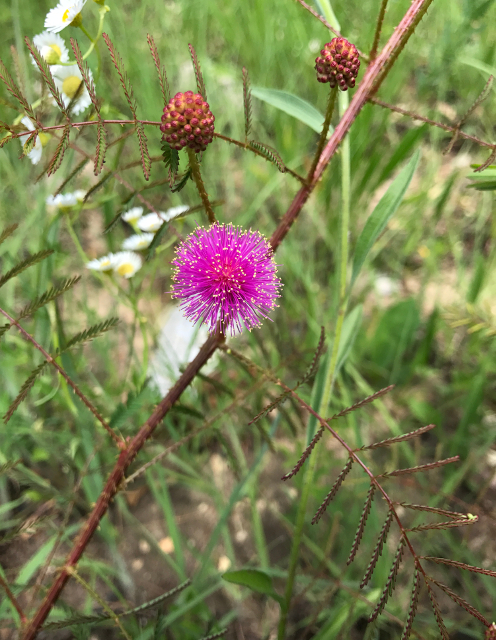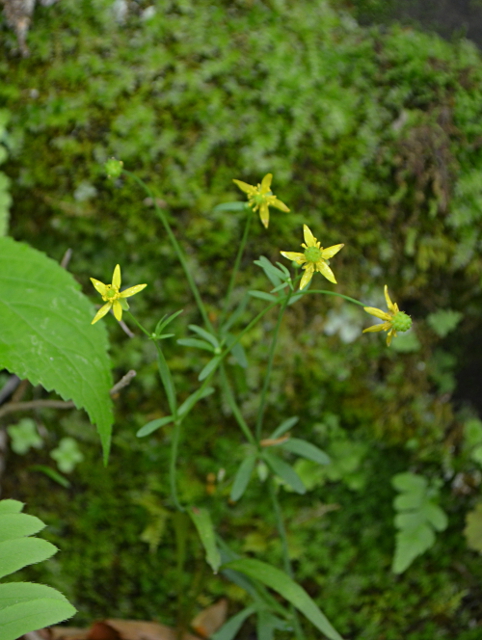Proposed changes to the Illinois Endangered and Threatened Plant Species List
Paul B. Marcum, Illinois Natural History Survey
Photos Courtesy of Chris Benda, Paul Marcum, Randy Nyboer, and David Schwaegler
Every five years, the Illinois Endangered Species Protection Board’s (IESPB) Illinois Endangered Species Technical Advisory Committee (ESTAC) meets to discuss potential changes to the status of Illinois plants and makes recommendations for state listing, delisting, or status changes. The plant ESTAC is made up of 11 members, including several INPS members. Illinois is home to nearly 3500 plant species including around 2300 natives. Reviewing the status of so many plant species is truly a daunting task but that is just what the IESPB ESTAC for plants has recently completed. This article will provide a brief summary of the process and a list changes that have been proposed.
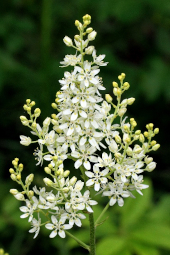
Organized by Dr. Janice Coons, retired professor from Eastern Illinois University, and Dr. Jeremie Fant, Conservation Scientist at the Chicago Botanic Garden, meetings of the plant ESTAC were held across the state (at the Illinois Natural History Survey in Champaign; at the Midewin National Tallgrass Prairie, near Wilmington, and at the Shawnee National Forest office in Harrisburg). These meetings were open to botanists throughout Illinois as well as the general public and all were well attended. Data on the natural and life histories, population trends, and current and potential threats of species were discussed and the status of 30 species were approved through the committee for change. Proposals were written outlining our knowledge of each species in Illinois, and status changes were voted on by the full IESPB. In the end, it was decided that 21 plant species warranted a change in status (delist, change from threatened to endangered, newly listed as endangered, or newly listed as threatened). The following is a summary of the proposed changes, approved by the plants ESTAC and the IESPB and now working their way toward final determination up through the governor’s office.
Delist:
Carex communis L.H. Bailey (Fibrous-rooted sedge) – This rare sedge species was first listed in 1981 as endangered before being downgraded to threatened in 1999. Continued searches have successfully found new records of this species and delisting is now thought to be warranted. It is currently known from 23 populations in 6 counties scattered across Illinois.
Clematis occidentalis (Hornem.) DC. (Mountain clematis) – This species has three varieties across North America with our Illinois variety being C. occidentalis var. occidentalis. Recently the single Illinois occurrence (Jo Daviess County) has been lost and this species is now considered extirpated.
Corylus cornuta Marsh. (Beaked hazelnut) – Like the Mountain clematis above, this rare northern shrub was only ever known from a single location in Jo Daviess County. This species is now considered extirpated.
Change from threatened to endangered:
Cirsium pitcheri (Torr. ex Eaton) Torr. & A. Gray (Pitcher’s thistle) – Pitcher’s thistle is an endemic species to the western Great Lakes shoreline. It was previously extirpated from Illinois and is currently listed as threatened federally. Reintroduction efforts have established a few populations along Lake Michigan in northeast Illinois; however, this species continues to have issues with recruitment and continued threats from habitat loss and degradation, invasive species, and insect pests.
Delphinium carolinianum Walter (Carolina larkspur) – Carolina larkspur is currently only known from 11 populations on limestone glades in a few western Illinois counties. Only a single population is considered a protected occurrence by the Natural Heritage database.
Helianthus angustifolius L. (Narrow-leaved sunflower) – This rare sunflower is only known from six total occurrences in Illinois (Massac and Pope counties) and only a single occurrence has been seen since 2007.
Hymenopappus scabiosaeus L’Hér. (Old plainsman) – As the common name indicates, this rare member of the Asteraceae family is more common southwest of Illinois. In Illinois, it is known from seven occurrences in three counties (Iroquois, Kankakee, and Mason).
Larix laricina (DuRoi) K. Koch (American larch) – A species of peat soils of northern bogs and fens, it has probably always been uncommon to rare in Illinois. Continued habitat loss, hydrology alteration, and competition from invasive species threaten this species which now only occurs at seven occurrences in Lake and McHenry counties.
Melanthium virginicum (Virginia bunchflower) – Once known from 16 west-central Illinois counties, this species is now restricted to just eight. Only three occurrences are considered protected by the Natural Heritage database. Work is underway to new populations for this species but many of the remnant locations are in danger of extirpation.
Polygonatum pubescens (Willd.) Pursh (Downy Solomon’s seal) – Formerly known from eight north-central and northeast counties, this species is now restricted to just two counties (Lake and Cook). Only three occurrences are considered protected by the Natural Heritage database.
Ranunculus rhomboideus Goldie (Prairie buttercup) – This rare and early flowering buttercup occurs in dry gravel and dolomite prairies in north-central Illinois. It is known from eight occurrences; however, only four have been seen since 2007.
Scirpus polyphyllus Vahl (Leafy bulsedge) – This rare sedge has five known occurrences in Illinois; however, only two have been seen since 2007. A species of open forested seeps, Leafy bulsedge has been threatened by increasing invasive species and hydrologic alterations.
Newly listed as endangered:
Carex debilis Michx. (White-edge sedge) – Only five Illinois records from four counties are known for this rare sedge. Also, two of the records are more than 65 years old (McHenry County from 1800s and Hardin from 1954) and only Lee County has a recent observation.
Carex opaca (F.J. Herm.) P. Rothr. & Reznicek (Opaque oval sedge) – This rare sedge was first considered a variety of C. bicknellii (Bicknell’s oval sedge) and was later elevated to species rank. In Illinois, this species is only known from four locations in Perry, Saline, St. Clair, and Washington counties.
Carex straminea Willd. (Eastern straw sedge) – This rare sedge is uncommon to rare throughout its range and in Illinois is restricted to sandy wetlands in the Kankakee Sands Region of the Grand Prairie Natural Division.
Dendrolycopodium hickeyi (W.H. Wagner, Beitel, & Moran) A. Haines (Hickey’s ground-pine)– Similar and often confused with Illinois endangered D. dendroideum (Ground-pine), Hickey’s ground-pine is even less common. It is known from two locations in Cook and Iroquois counties.
Juglans cinerea L. (Butternut) – Once common and widespread throughout the northeast United States, the species is now rarely or infrequently encountered across its range. In Illinois, as in the rest of its range, the species has been decimated by Sirococcus clavigignenti-juglandacearum (Butternut canker). Recent surveys in Illinois have found very few uninfected populations.
Mimosa nuttallii (DC. ex Britton & Rose) B. L. Turner (Nuttall’s sensitive-briar) – While the nomenclature of this species has a long history of confusion it is clear this rare hill prairie species is native to and rare in Illinois. It is important to note, however, some of the Illinois collections (Chicago Region) are apparently adventive, being found along roadsides railroads.
Newly listed as threatened:
Festuca paradoxa Desv. (Clustered fescue) – Many of the records for this native fescue are old. This species is known from scattered locations across Illinois and is now rarely encountered.
Monarda clinopodia L. (White bergamot) – Illinois is at the west edge of this species’ range and it appears to have always been uncommon in the state. Only seven records have been observed since 1975 and only three have been reported since 2000 (Montgomery, Johnson, and Fayette counties). It is a large plant with a beautiful and showy inflorescence and is not likely to be overlooked.
Ranunculus harveyi (A. Gray) Britton (Harvey’s buttercup) – This rare buttercup is more common southwest of Illinois and is known from scattered locations in sandstone ravines in the southern half of Illinois.
DELIST
CHANGE FROM THREATENED TO ENDANGERED
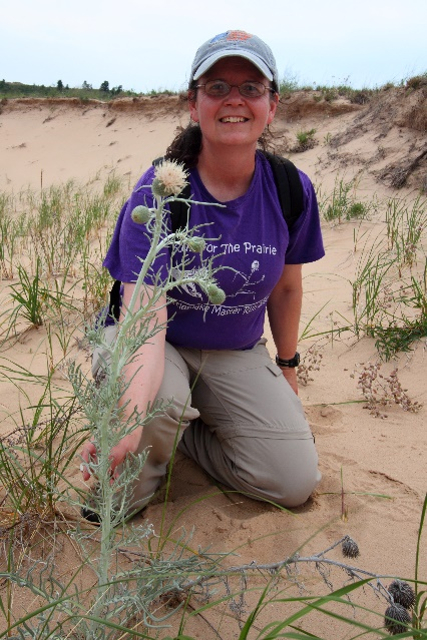
Cirsium pitcheri
(Pitcher’s thistle)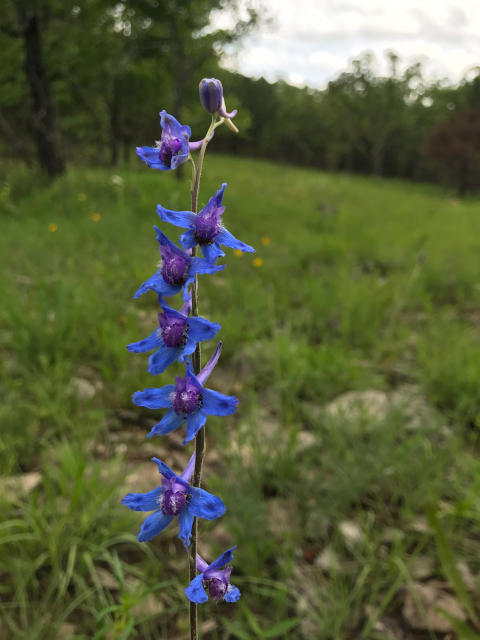
Delphinium carolinianum
(Carolina larkspur)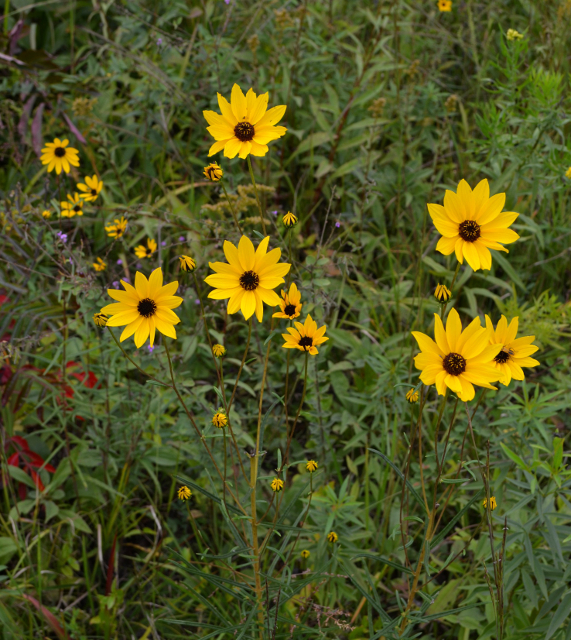
Helianthus angustifolius
(Narrow-leaved sunflower)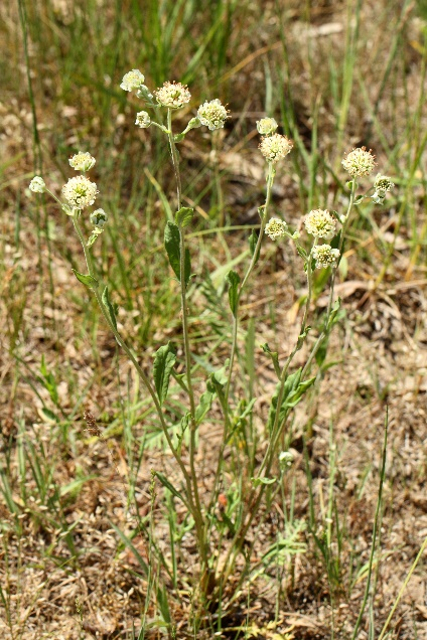
Hymenopappus scabiosaeus
(Old plainsman)
Larix laricina
(American larch)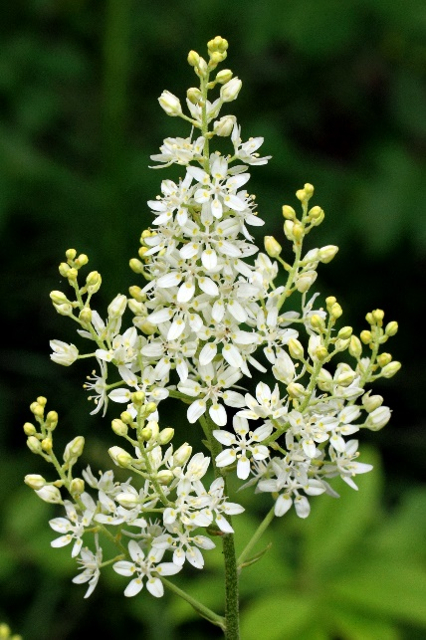
Melanthium virginicum
(Virginia bunchflower)
Polygonatum pubescens
(Downy Solomon’s seal)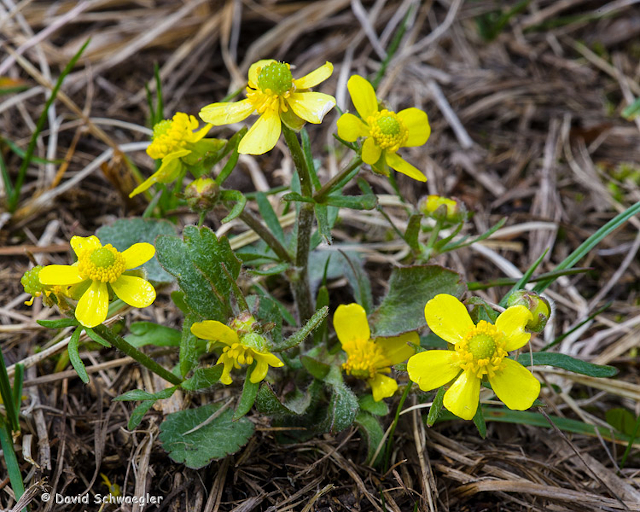
Ranunculus rhomboideus
(Prairie buttercup)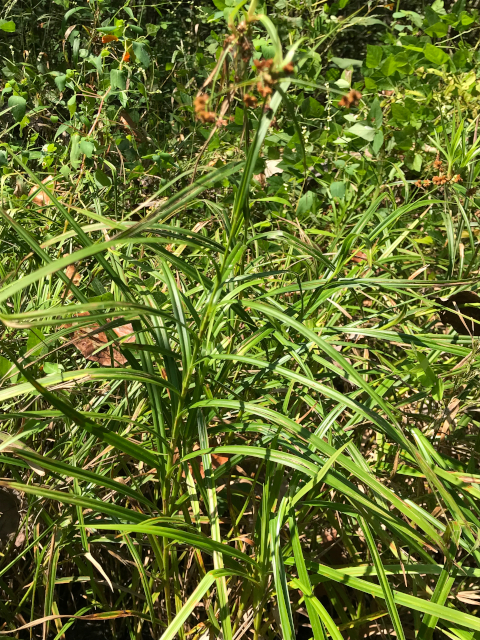
Scirpus polyphyllus
(Leafy bulsedge)
